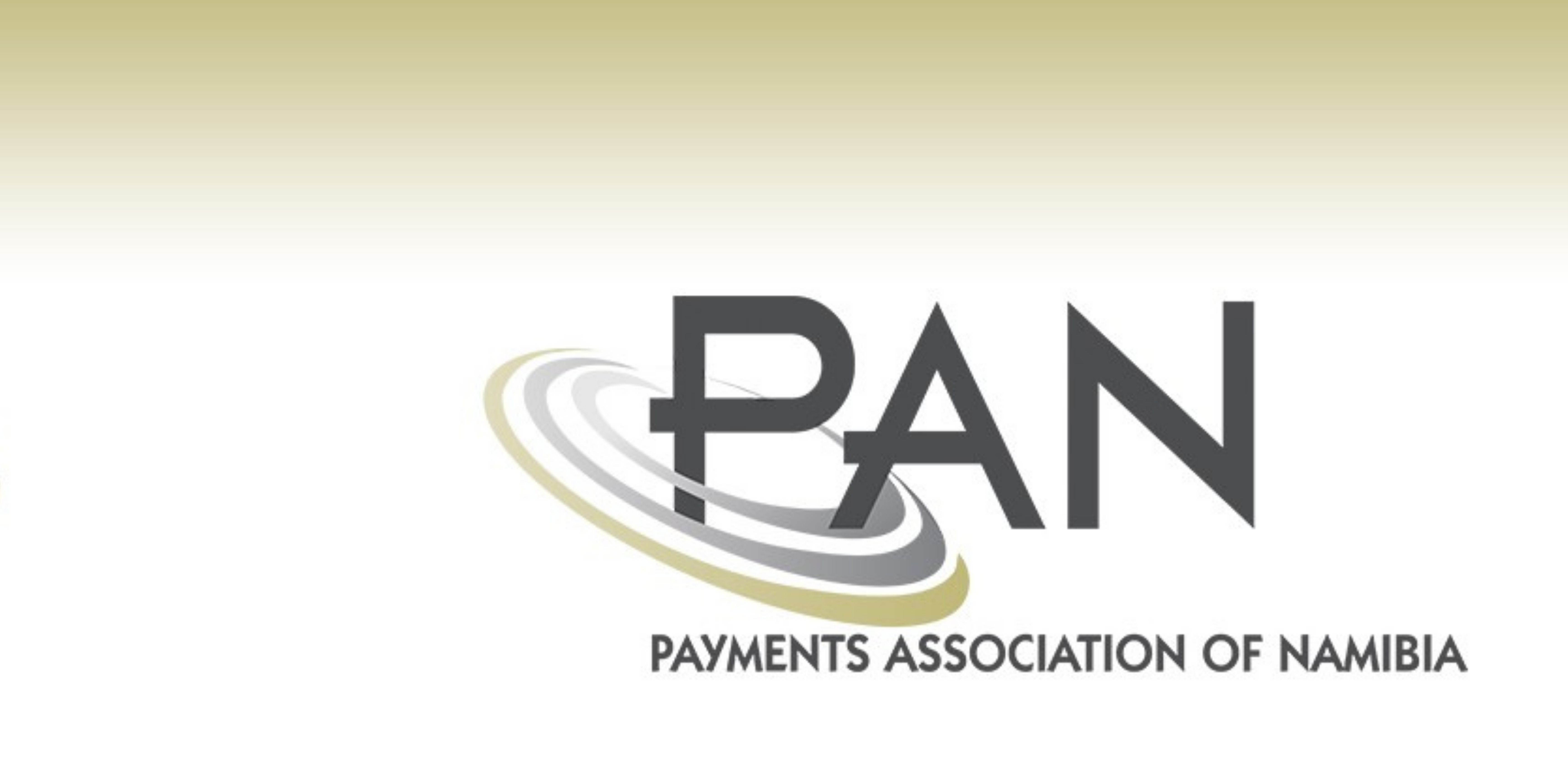NPS Regulations
NPS Regulations
PAN is the outcome of collaborative efforts that began in 2002, when the Bank of Namibia and the banking institutions undertook a joint exercise to develop the Namibia National Payment System Vision and Strategy document. One of the important components of this document involves the establishment of a Payment System Management Body. This body was initially designed to work as umbrella body with responsibilities of establishing national standards for the payment systems and instruments and to ensure that participants comply with best international practices.
The Vision and Strategy document envisaged that such a Payment System Management Body must play a central role in establishing and controlling individual payment stream associations representing the banks participating in each particular payment stream.
The view at the time was that, although the overall responsibility of the oversight of payment system should lie with the Bank of Namibia, the interbank payment and clearing systems should be managed by an association made up of participants in the national payment system.
The rationale was to create a two tiered payments regulatory environment. This means that the central bank typically focuses on overseeing and regulating the national payment system from a macro-prudential perspective. The Payment System Management Body, on the other hand, deals with operational and technical policies, criteria, conditions and standards pertaining to payment instruments and clearing activities, while also ensuring that its members comply with prescribed regulations, policies and standards.
The pioneering work on the vision and strategy fed into the promulgation of the Payment System Management Act in 2003. Naturally, the Act also provides for the establishment of a Payment System Management Body to manage the participation of its members in the national payment system, to act as a forum to consider policy and technical matters and to foster co-operation among its members.




